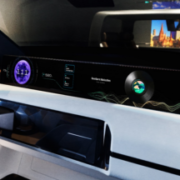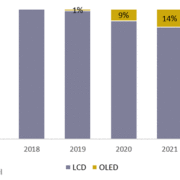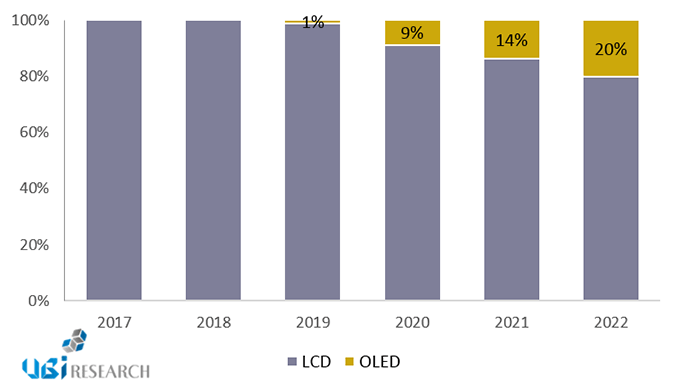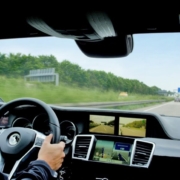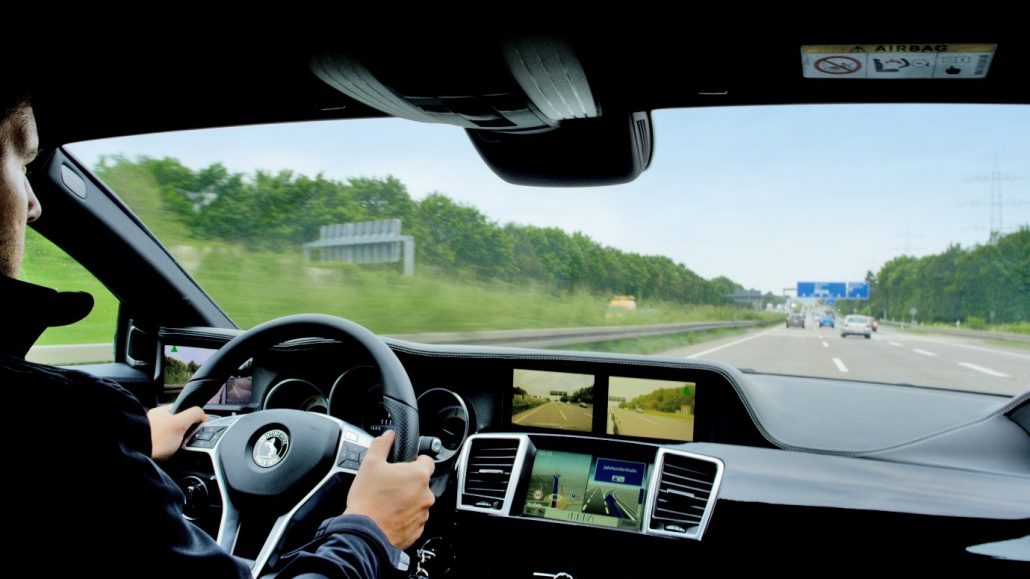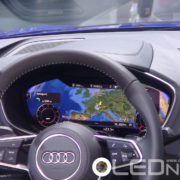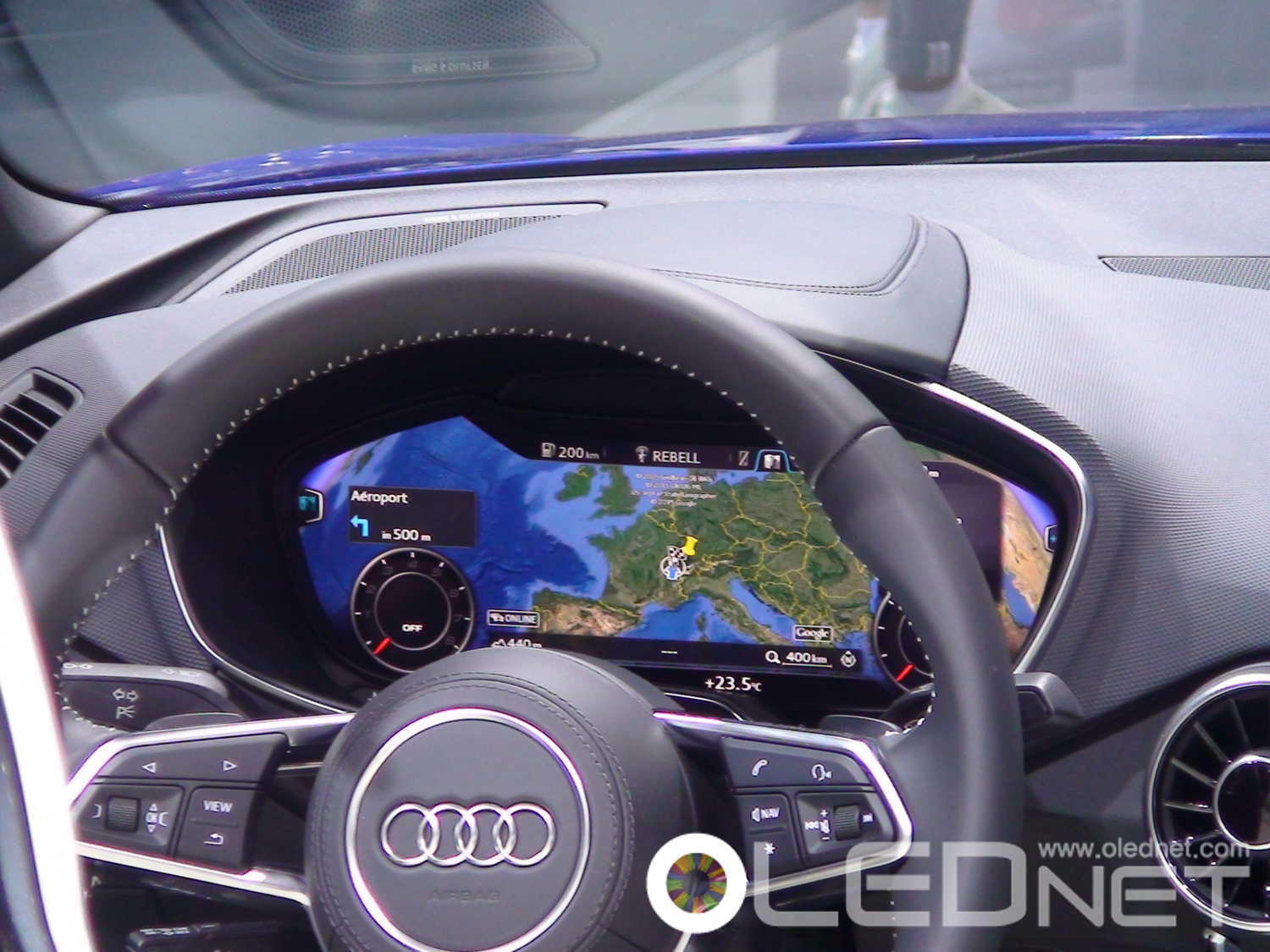Moving forward with ultra-large vehicle displays
Not only are vehicle displays increasing in size and number, but pillar-to-pillar displays, which integrate multiple displays on the dashboard into a single screen, have recently been applied to automobiles. Pillar-to-pillar displays have the advantage of enhancing the competitiveness of premium automobile brands through simple and stylish interiors, and allowing users to enjoy movies and games in the car through large screens. The Geely Galaxy E8 EV, launched last year, is equipped with a 45-inch pillar-to-pillar display. The display is a panel with amorphous silicon TFTs and Mini-LEDs and was supplied by BOE.
Sony Honda Mobility’s upcoming 2026 electric vehicle, AFEELA, will feature a 40-inch pillar-to-pillar display. The 40-inch pillar-to-pillar display panel with LTPS TFT and Mini-LEDs is provided by LG Display.

(Source: LG Display)
TPS TFTs have the advantage of faster mobility than amorphous silicon TFTs, making it easier to create high-resolution, high-brightness panels and reducing the black border, known as the bezel. And Mini-LEDs that utilize localized dimming are more expensive as the number of chips increases, but they offer OLED-like image quality with higher contrast and reduced thickness, which is important for external viewability.
“The share of LTPS TFTs in automotive displays was 34.7% in 2024 by revenue and will grow to 52.3% by 2030,” said Chang Wook Han, principal analyst at UBI Research. “The share of Mini-LEDs in automotive displays was 6.4% in 2024 and will increase to 29.1% by 2030,” said Han.
UBI Research Chang Wook HAN Analyst(cwhan@ubiresearch.com)


